Birds That Leave Their MarkTracks and Signs of Birds in South-west Europe
El precio original era: $38.27.$32.51El precio actual es: $32.51.
Autor/a
En stock
El precio original era: $38.27.$32.51El precio actual es: $32.51.
Peso
0.52 kg
Dimensiones
15 × 21 cm
Idioma
Inglés
Formato
Rústica
Páginas
216
Fecha de publicación
12 November 2024
Publicado por
Lynx Nature Books
Autor/a
Description
Birds That Leave Their Mark invita a los lectores a explorar el mundo aviar del suroeste de Europa, centrándose en las señales y huellas que las aves dejan a su paso. Escrito por Luisa Abenza, este libro es una guía esencial para entusiastas de las aves y amantes de la naturaleza, proporcionando una comprensión más profunda de las conexiones entre las aves y sus entornos.
En el prólogo, la reconocida primatóloga Jane Goodall comparte sus reflexiones personales sobre la importancia de las aves en su vida.
Esta guía va más allá de la identificación tradicional, ofreciendo claves para entender el comportamiento de las aves a través de señales sutiles de la vida aviar, como huellas, excrementos, cantos e interacciones. Con detalladas ilustraciones y fotografías, los lectores aprenderán a interpretar las huellas que dejan las aves y a reconocer los sutiles indicadores de la vida aviar en su entorno.
Características principales:
- Una introducción detallada al rastreo de aves, clasificación según el tipo de pie, plumas, cráneos y una galería de huellas.
- Descripciones exhaustivas de especies que incluyen gaviotas, aves acuáticas, grullas, garzas, limícolas, aves esteparias, aves de caza, aves rapaces diurnas, búhos, pájaros carpinteros, cucos, córvidos, palomas, tórtolas, paseriformes y aves exóticas.
- Bellas ilustraciones y fotografías de cada especie, destacando sus señales y rastros únicos.
- Perspectivas sobre la conservación y la conciencia ecológica, animando a los lectores a observar y proteger el mundo natural.
Lista completa de especies incluidas:
Gaviotas: gaviota sombría, gaviota reidora.
Aves acuáticas: ánade azulón, cerceta pardilla, ganso común, cisne vulgar, cormorán grande, flamenco común, focha común.
Grullas, garzas y similares: grulla común, cigüeña blanca, espátula común, garza real, garcilla bueyera, ibis eremita, martinete común, calamón común, gallineta común.
Limícolas: avoceta común, cigüeñuela común, avefría europea, chorlitejo chico, canastera común, agachadiza común, zarapito real, correlimos tridáctilo, andarríos chico.
Aves esteparias: avutarda común, sisón común, alcaraván común, ganga ibérica.
Aves de caza: urogallo común, faisán vulgar, perdiz roja, codorniz común.
Aves rapaces diurnas: buitre negro, buitre leonado, quebrantahuesos, alimoche común, águila imperial ibérica, águila real, águila-azor perdicera, culebrera europea, águila pescadora, milano real, aguililla calzada, busardo ratonero, abejero europeo, aguilucho lagunero occidental, azor común, halcón peregrino, gavilán común, elanio común, cernícalo vulgar.
Búhos: búho real, cárabo común, lechuza común, búho chico, mochuelo común, autillo europeo.
Pájaros carpinteros y cucos: pito real ibérico, pico picapinos, torcecuello, cuco común, críalo europeo.
Córvidos: cuervo grande, graja, corneja negra, chova piquirroja, arrendajo común, grajilla occidental, urraca común, rabilargo ibérico.
Palomas y tórtolas: tórtola turca, paloma torcaz.
Paseriformes y otras aves pequeñas o medianas: alcaudón dorsirrojo, zorzal charlo, mirlo común, chotacabras europeo, abubilla, abejaruco europeo, lavandera blanca, alondra común, trepador azul, gorrión común, pinzón vulgar, petirrojo europeo.
Aves exóticas: cotorra argentina.
Birds That Leave Their Mark está estructurado para combinar el conocimiento científico con una narración accesible, animando a los lectores a observar y conectar con la fauna que les rodea. El enfoque de Abenza fomenta la empatía y la curiosidad, inspirando a una nueva generación de observadores de aves a comprometerse activamente con la naturaleza.
A medida que la conservación y la conciencia ecológica cobran cada vez más importancia, este libro nos recuerda la belleza y la complejidad de nuestro entorno natural, instándonos a prestar atención a las señales que cuentan las historias de las aves que nos rodean.
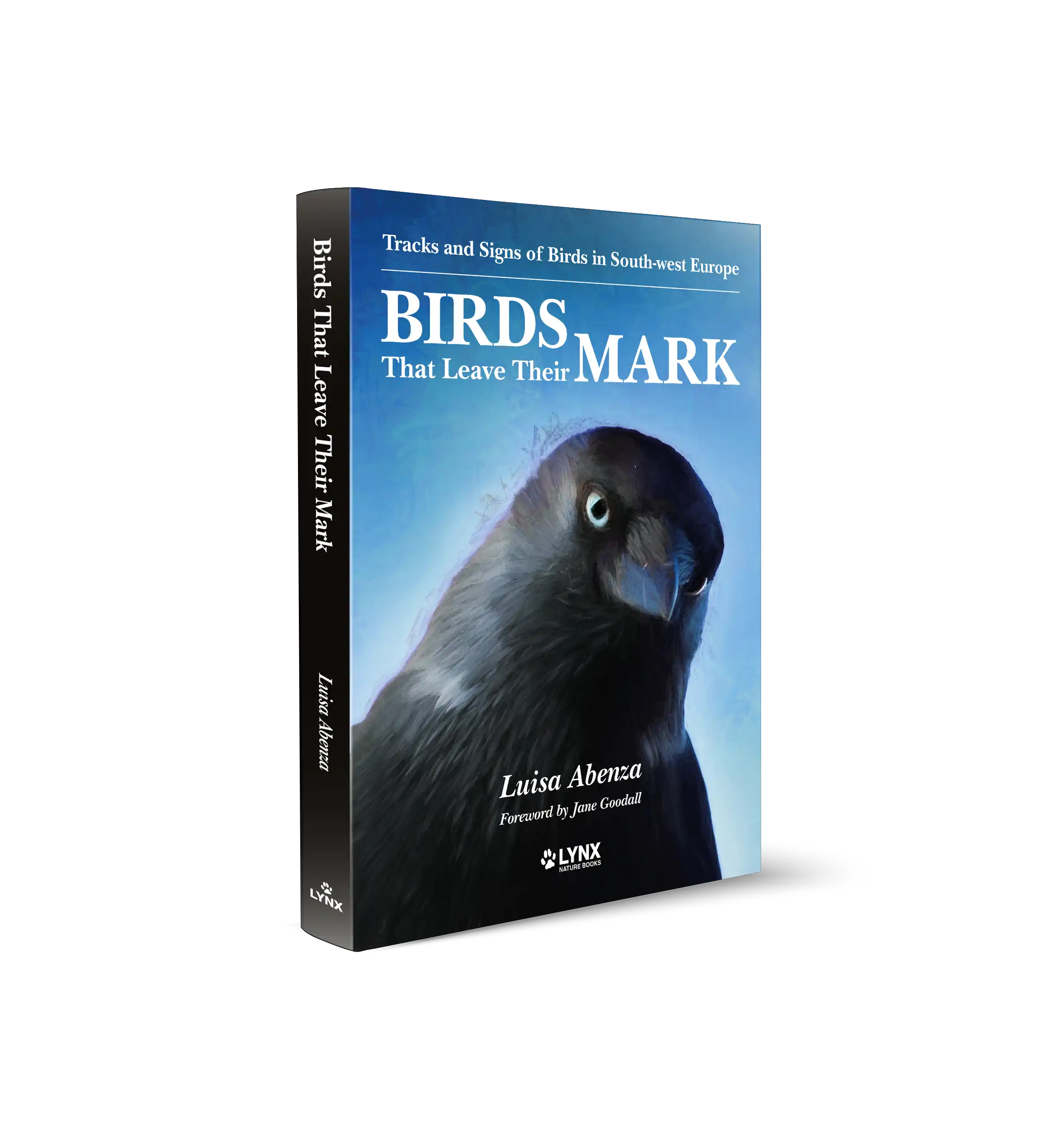
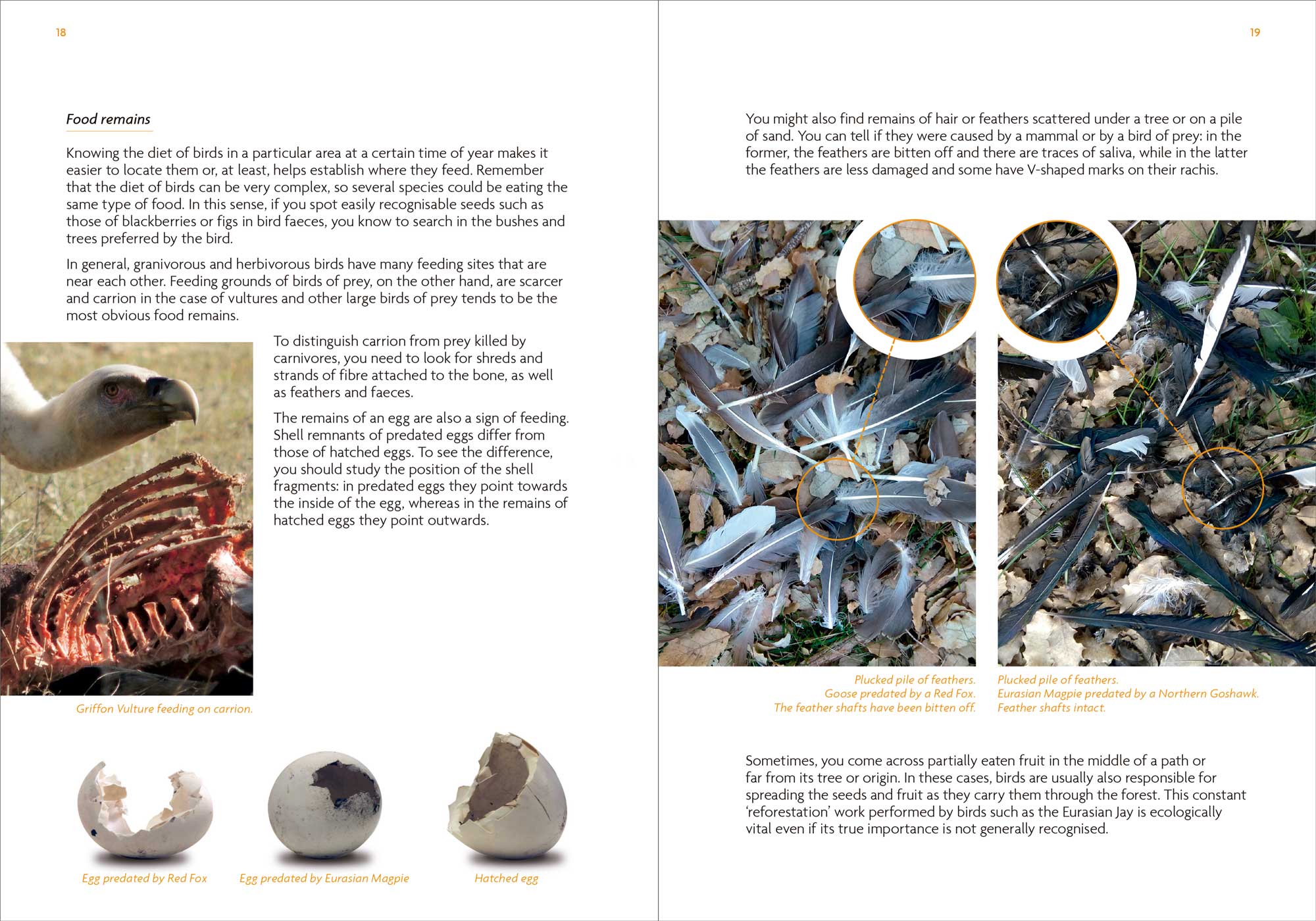
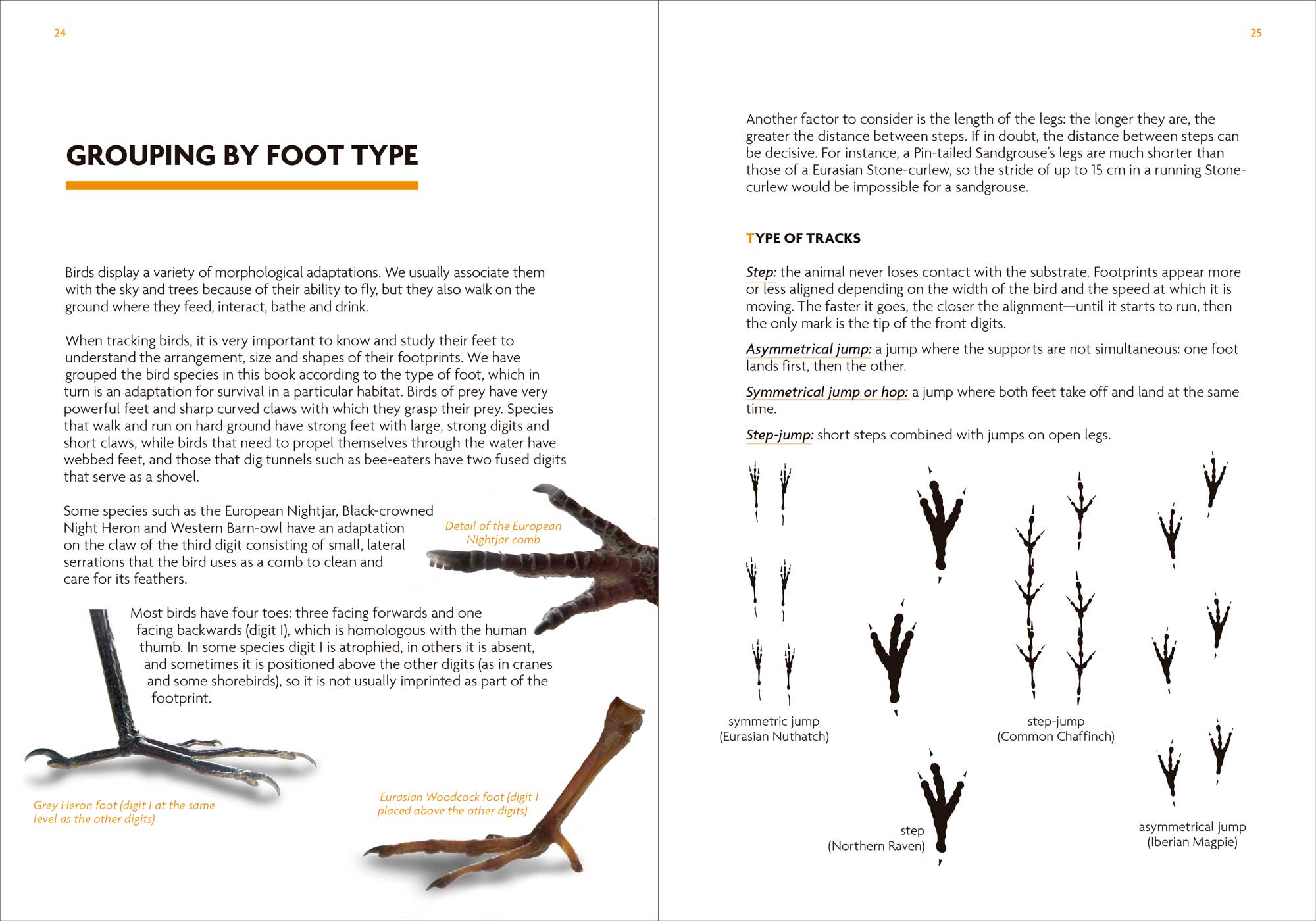
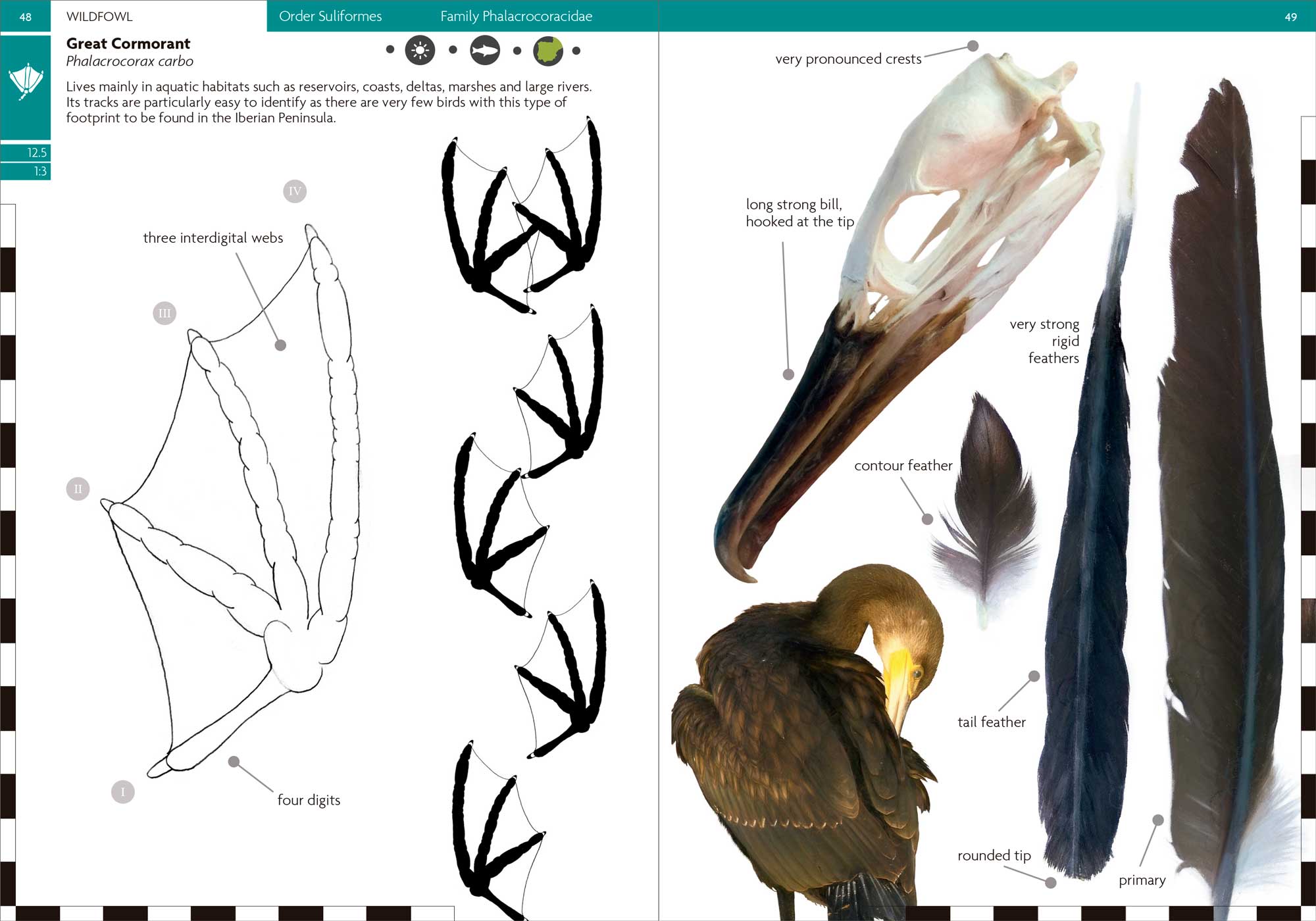
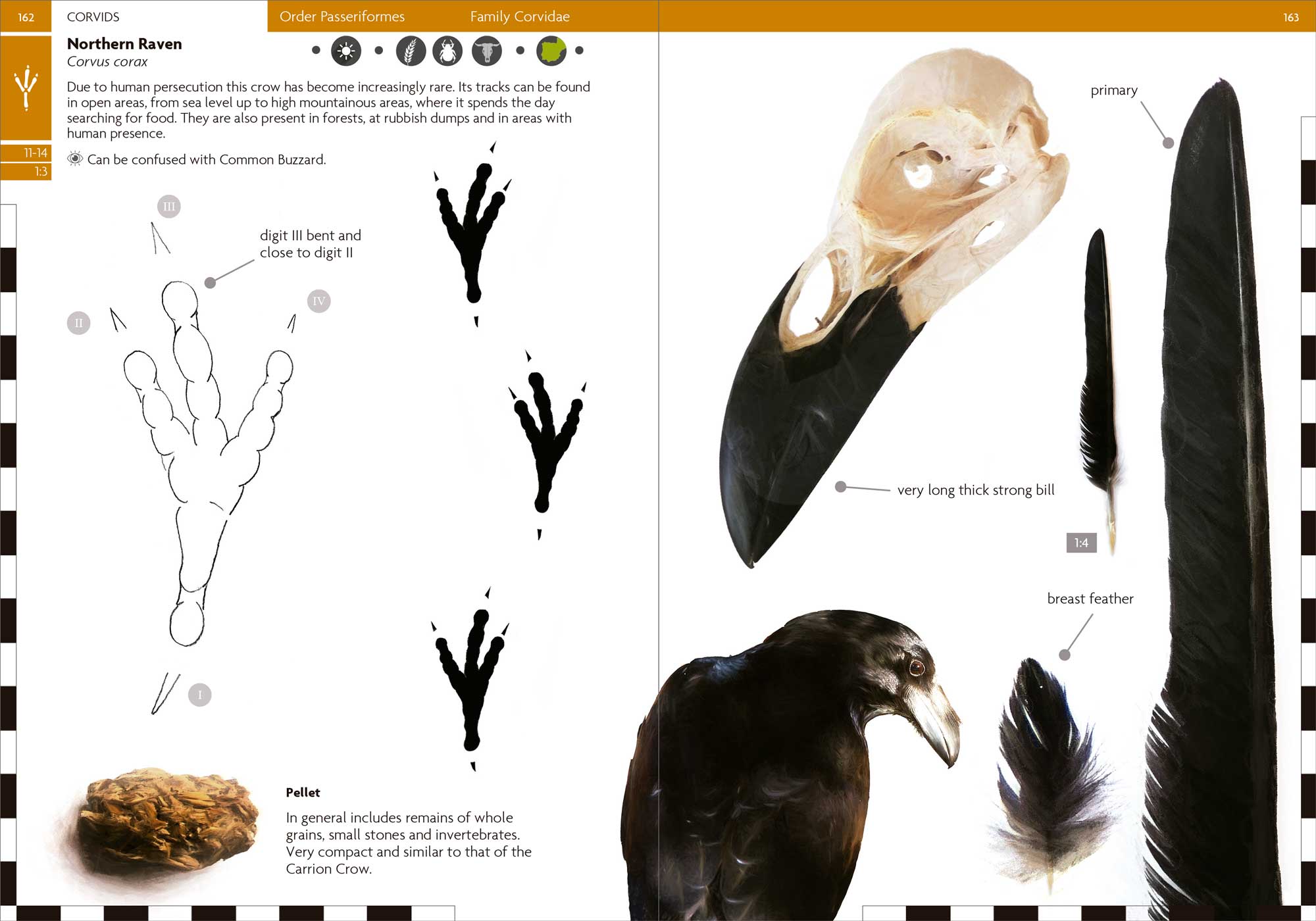
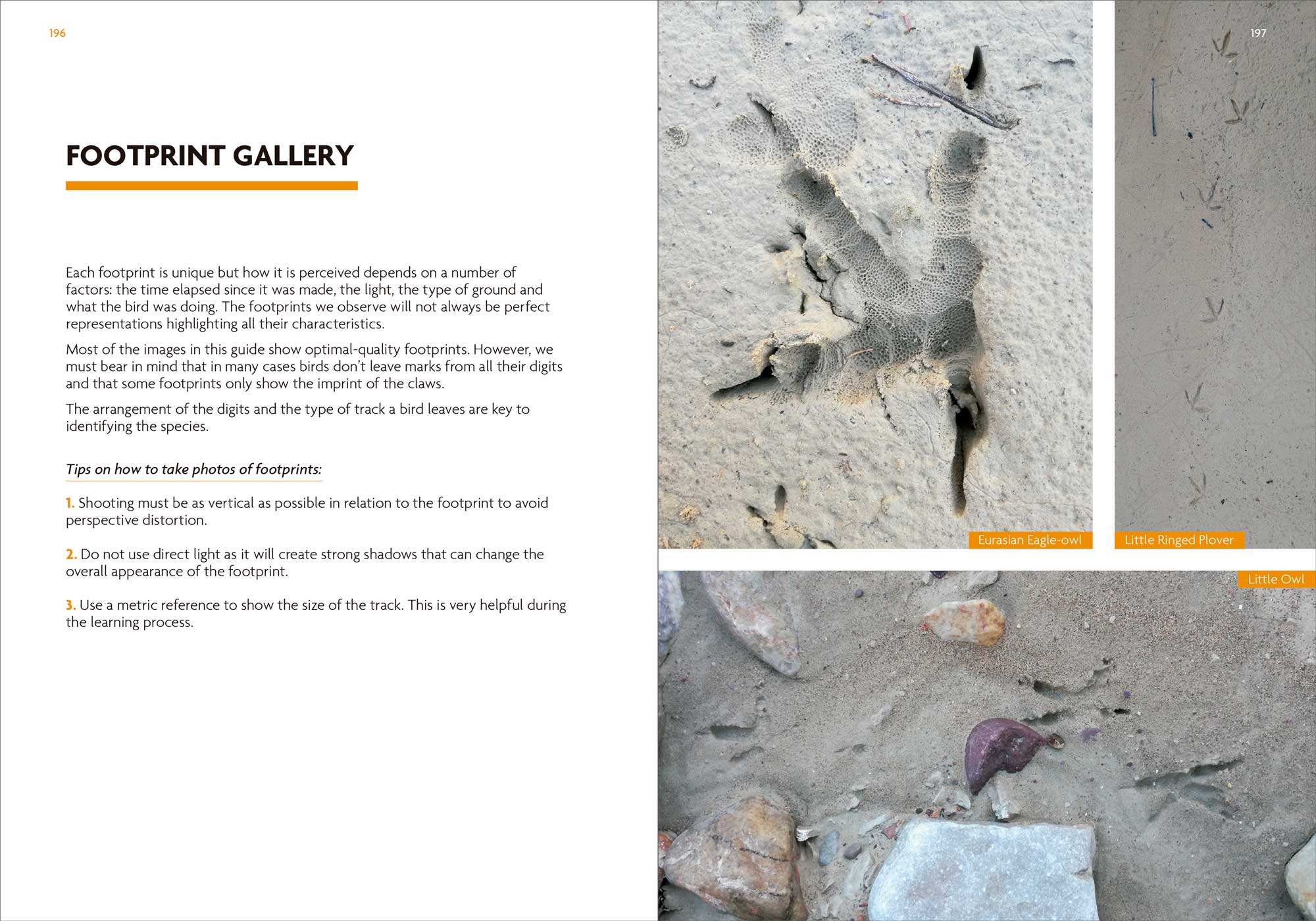
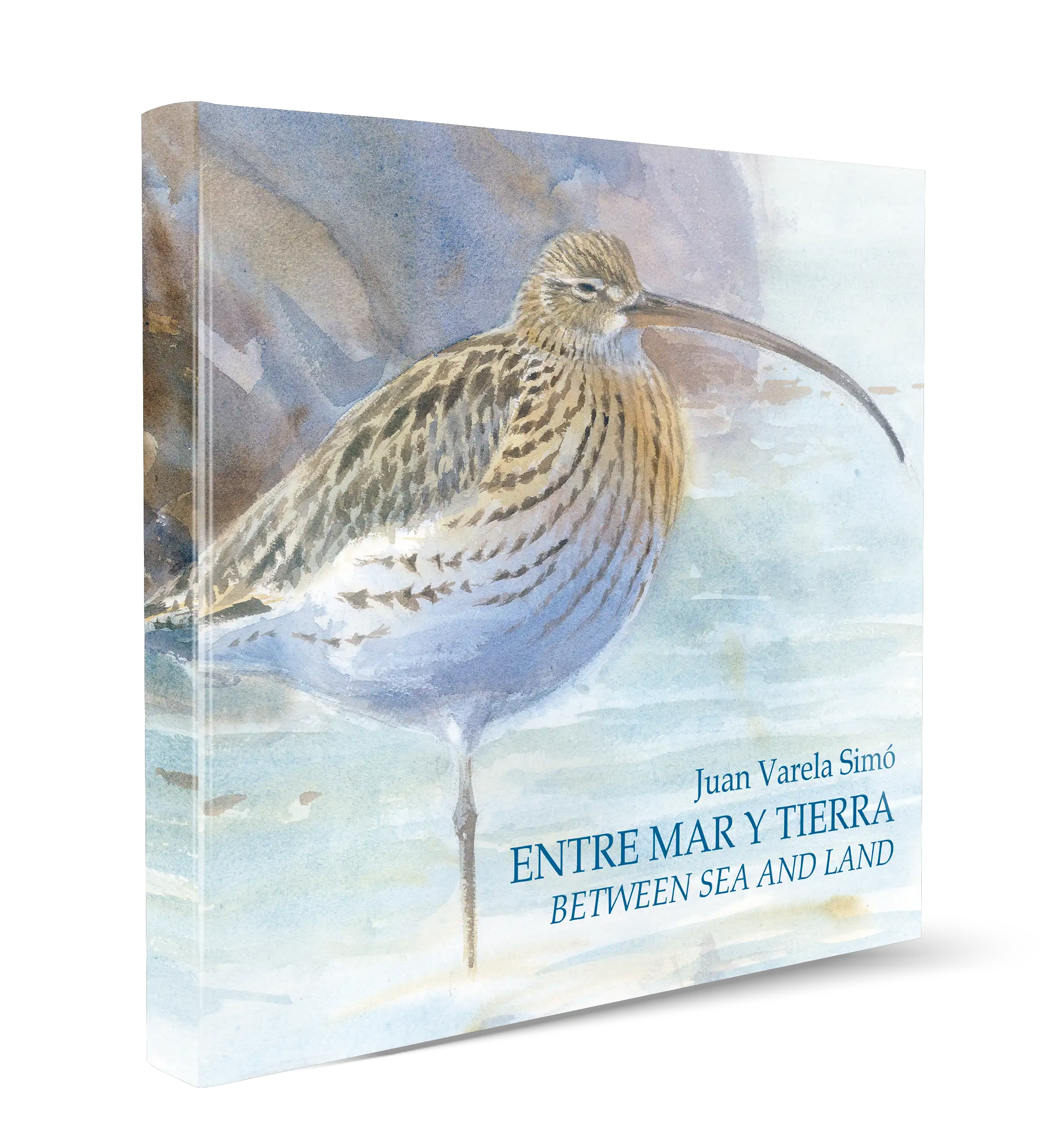

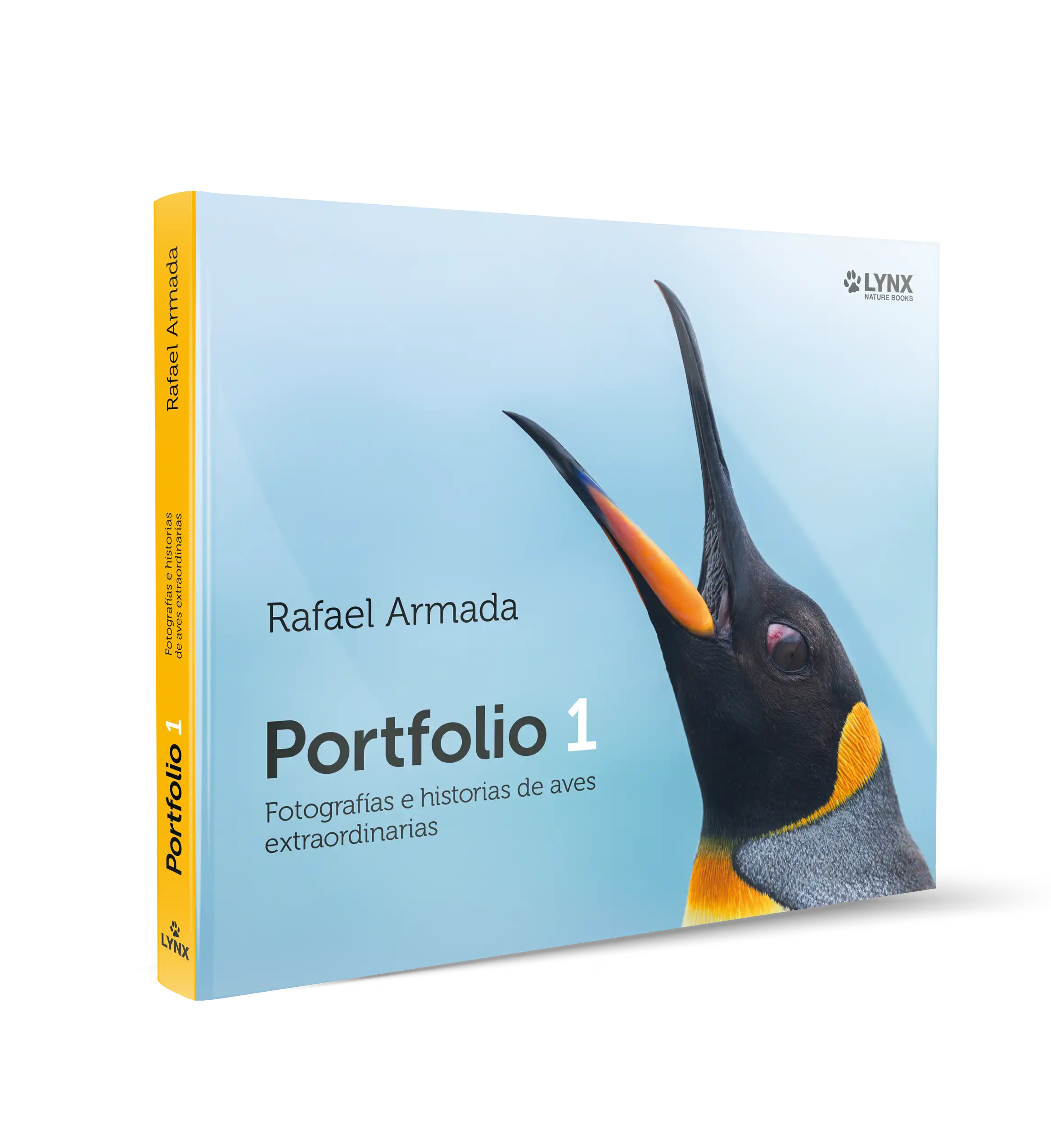
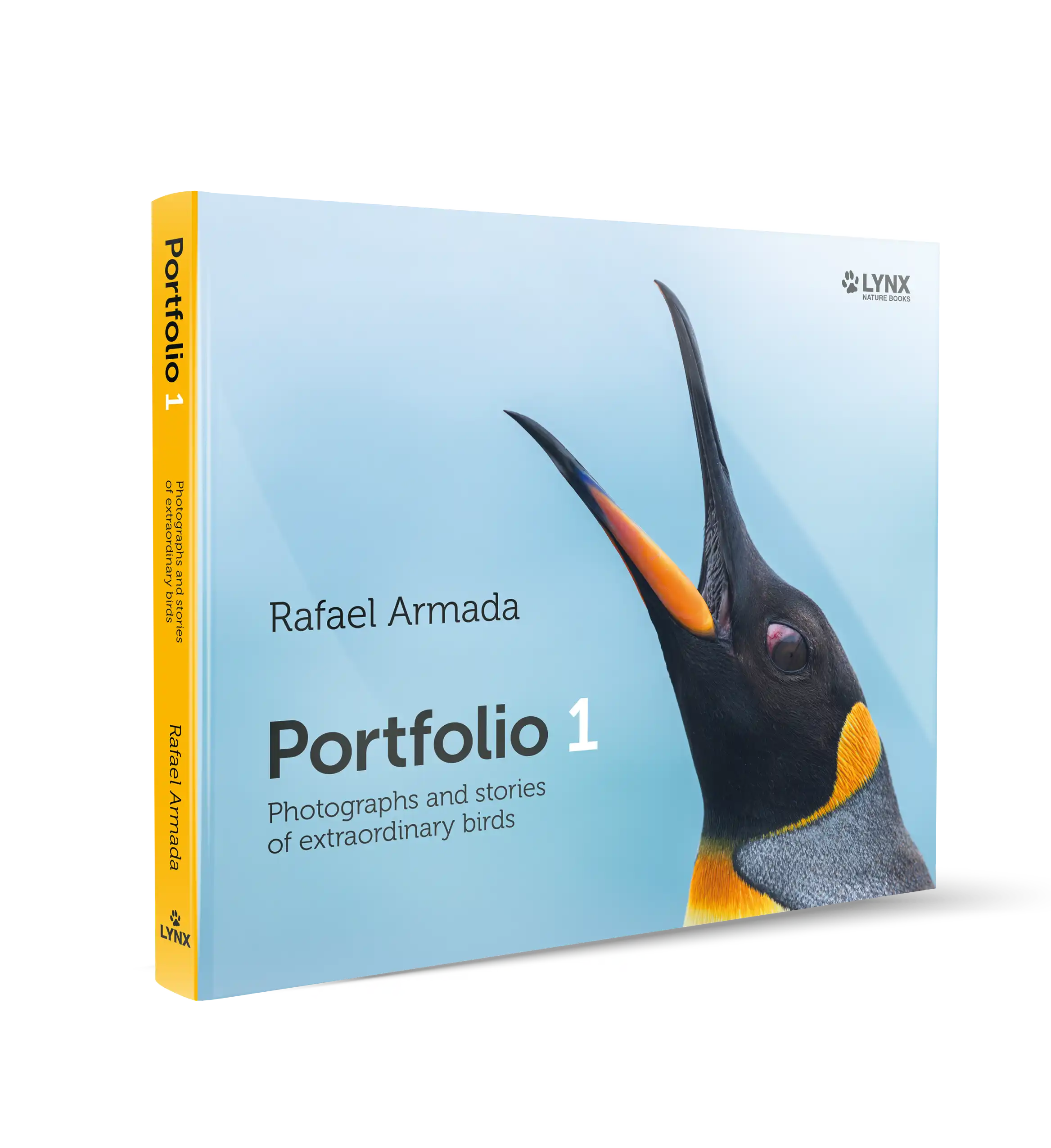
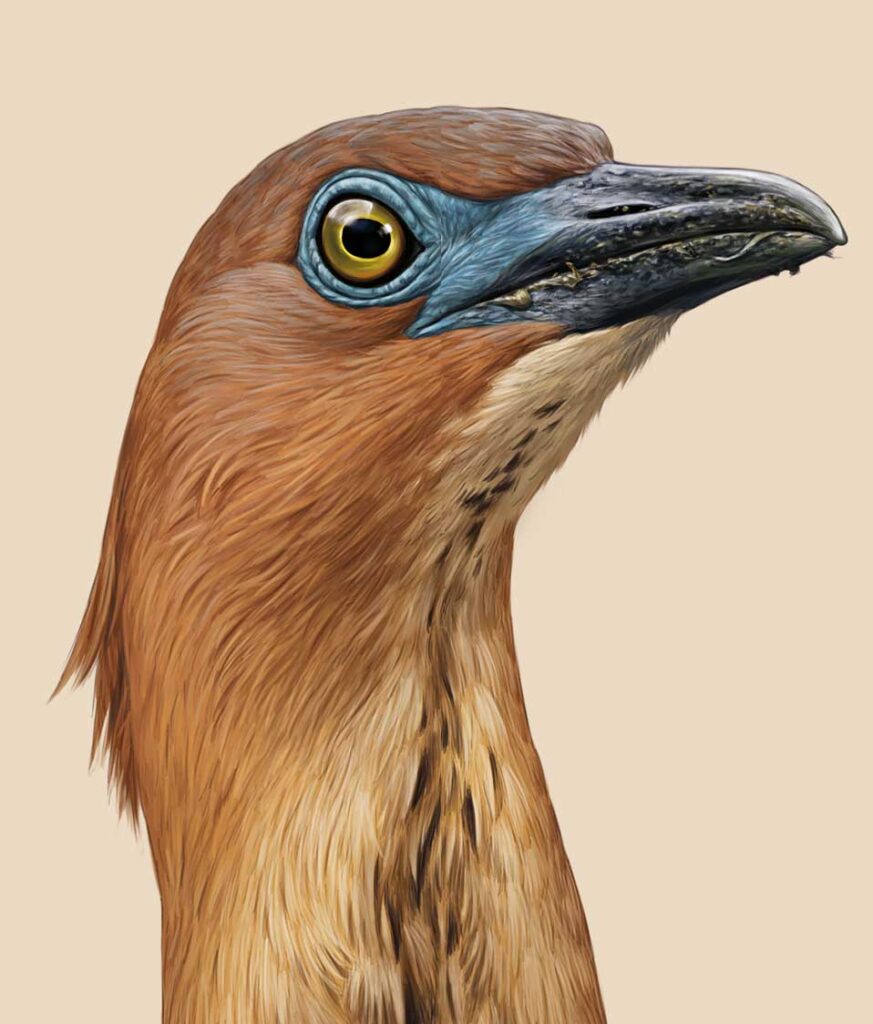

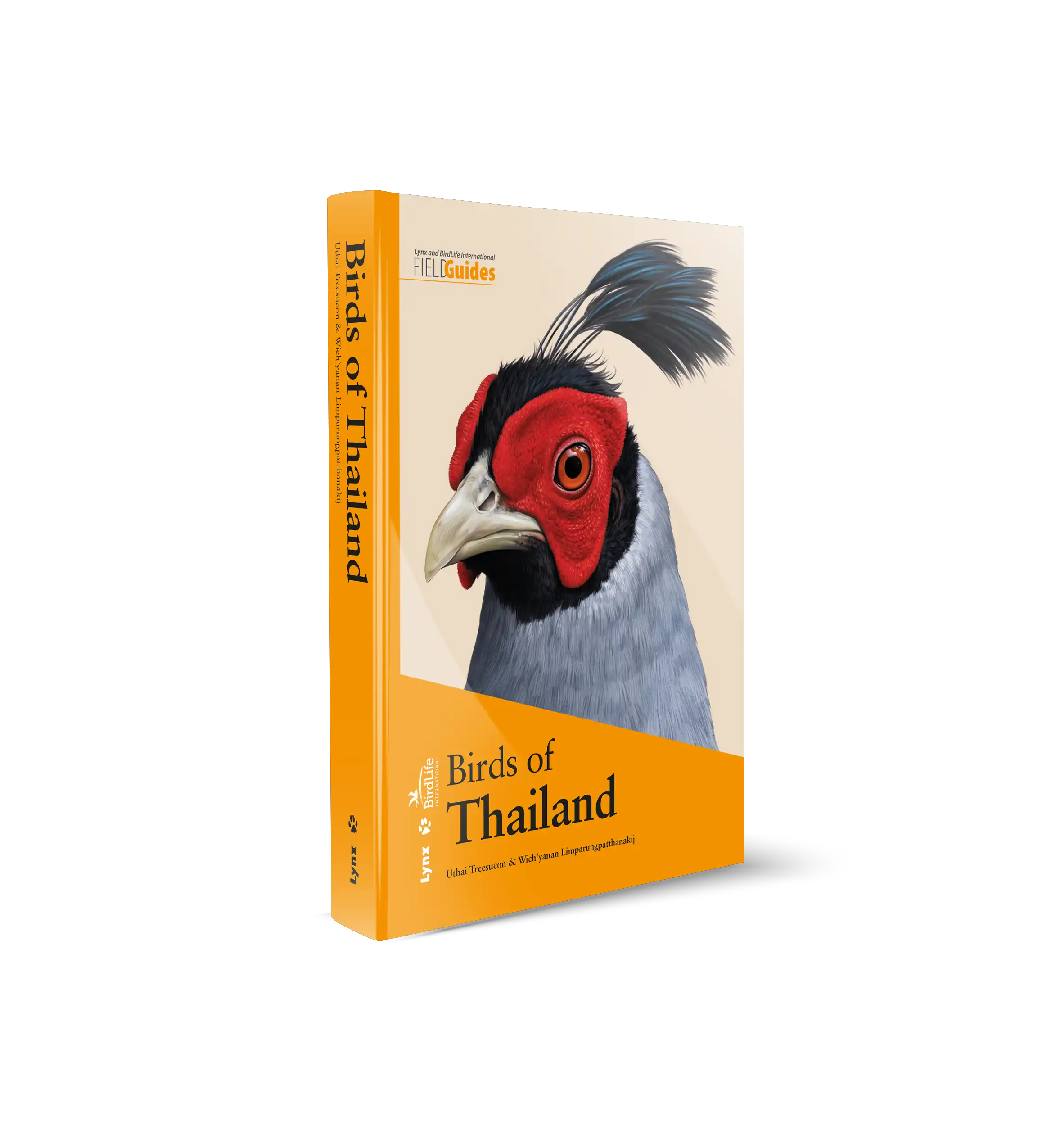
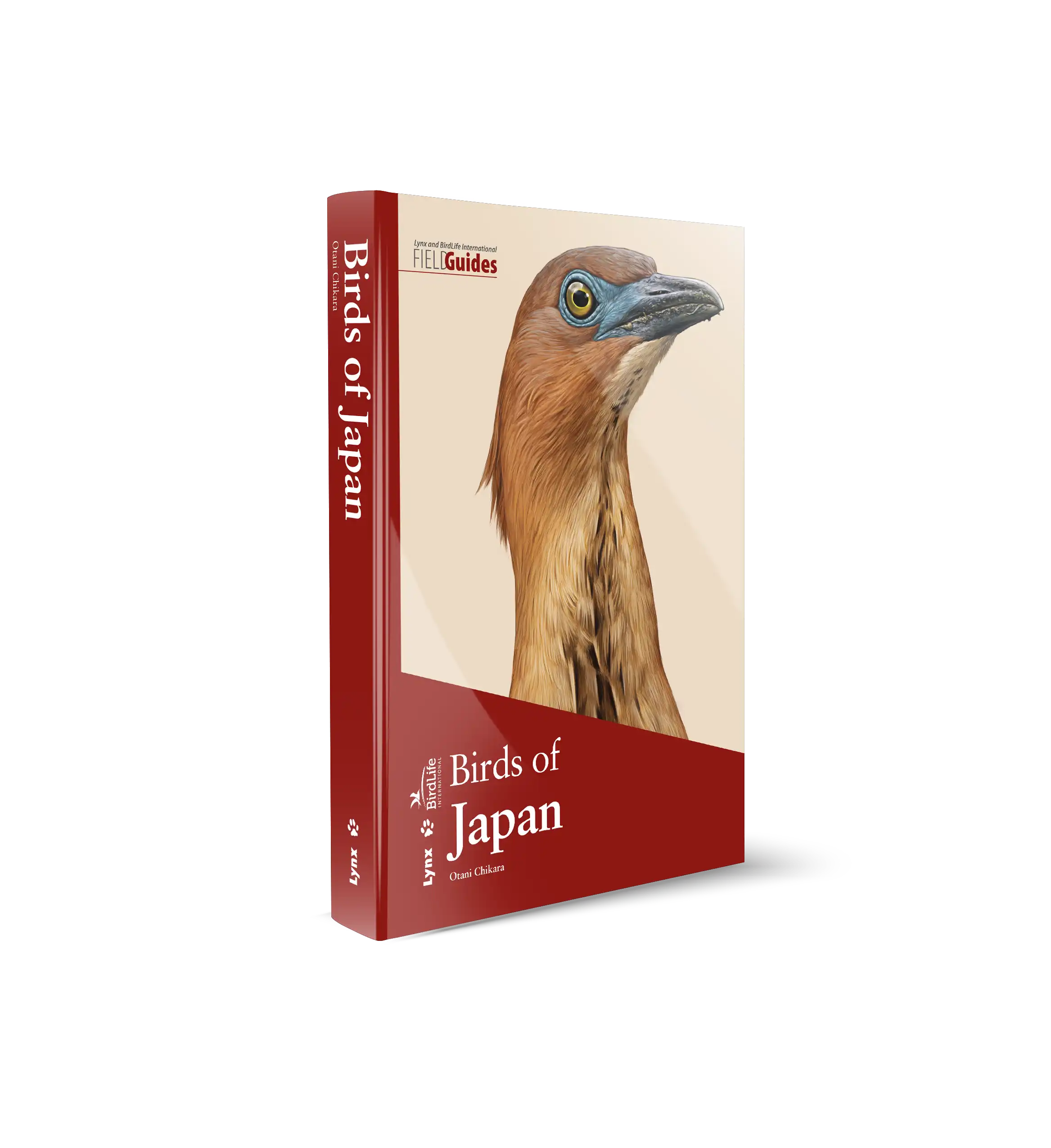








 Copyright 2025 © Lynx Nature Books
Copyright 2025 © Lynx Nature Books
Gehan de Silva Wijeyeratne –
This book borrows elements from different genres. First and foremost, there is this sense of seeing nature in a way that multiple senses are stimulated, a spirit that is captured in the new nature writing which is about a sense of time and place. The author makes this quite explicit as she writes in the introduction that it is about her way of seeing and feeling what surrounds her and her way of perceiving animals and their lives’. She adds that it is an attitude born out of empathy with the rest of the living beings with whom we share our surroundings. I can see the reason for making point of this this as sometimes even naturalists are a little detached and want to observe things at a distance or record them through our cameras. We have forgotten how when we as children actually liked to handle feathers and bones and feel their weight (or absence of it) and texture. Did it feel rough or smooth, did it feel light or heavy? We observe footprints in the mud but as adults we feel reluctant to touch and feel the wetness. Hopefully, this book may remind us that we are tactile creatures and reassure us that the next time we see a beautiful feather that it is ok to pick it up and run it though our fingers and marvel at the iridescence.
A second element of the book is that it is also about bushcraft. It took me back to Robert Baden-Powell’s influential book ‘Scouting for Boys’, first published in 1908. I devoured it as a young teenage schoolboy as it had a lot of interesting information on tracking animals. In a way it was a forerunner to some of the national park ranger training manuals of today which teaches bush craft to park rangers. There are ten pages on tracking birds by the signs they leave behind, not just footprints, but other signs. A thrush’s anvil leaves a tell-tale trail of smashed snail shells. Great Spotted Woodpeckers carry and leave behind pine cones at their ‘workshop’ where they can extract the kernels more easily. Crossbills leave a litterfall of pine cones after they have fed.
A third element of the books is that skulls and bones tell us something about an animal that may not be visibly obvious from the outside, but nevertheless has been engineered by evolution to lie beneath the skin and quietly perform its function. Katrina van Grouw in her book the ‘The Unfeathered Bird’ writes about and illustrates the bony projection that cormorants have on their skulls to attach the additional muscles which are needed for the birds to exercise a strong grip on fish with their un-serrated bills. Although not many birds have such a specialised feature, the shape of the skull and beak, the size of eye sockets, all tell us something about the modifications imposed on the design of the body by the individual lifestyle of a species.
Thumbing through it, certain patterns emerge for example with the feathers. With tail feathers, the webs are fairly symmetrical around the central vane. With primaries, the outer web is narrow and the inner web broad. Each of the species’ accounts have diagrams illustrating the arrangements of the toes and the pattern of the footprints. There is also a gallery of photographs at the back end. This might encourage people who have the book to take pictures when they next encounter footprints in the mud and figure out whether the author of the tracks is a Curlew or Little Ringed Plover.
This book reminded me of a time in childhood when I had a book filled with feathers I had picked up. I had catalogued the sheets with the names of the species and the date of collection. I also had a mini museum (as did some of my peer group) with various bones and skulls I had collected on my walks. My collections and that of my friends was met with mixed feelings by parents. I think books like this are important to remind us that the presence of birds can be observed in ways other than through the use of optics. It also reminds us that we can enjoy the company of birds by also being alert to the signs they leave and we can pick up a feather the next time we see it and admire it for its aesthetic beauty or the biomechanical engineering imparted by evolution.